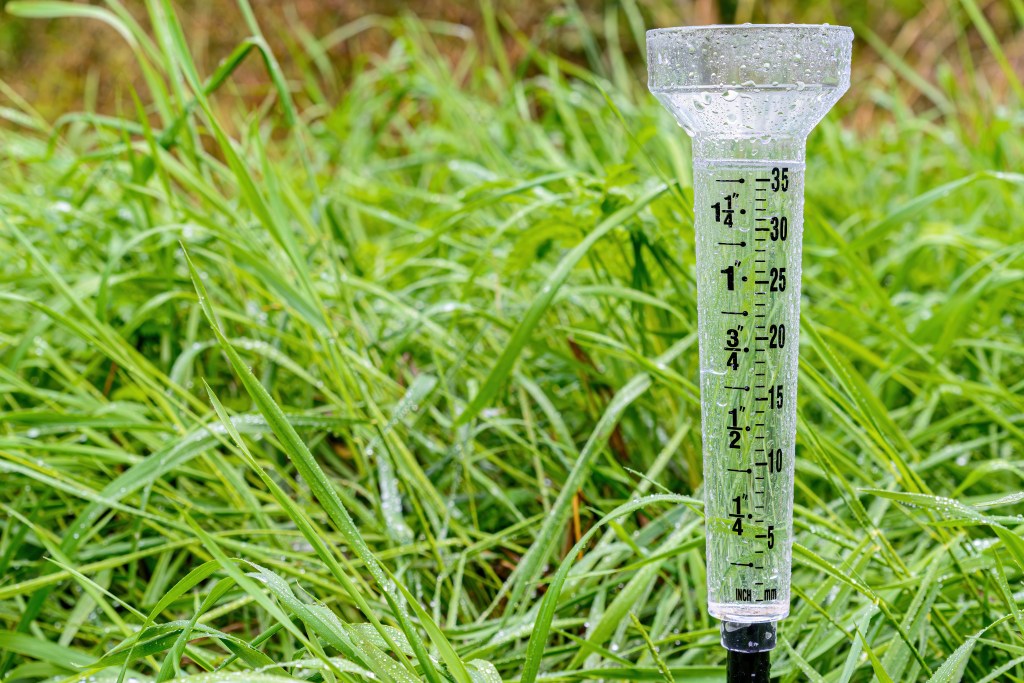The Benefits of Installing a Precision Rain Gauge for Your Weather Station
The Benefits of Installing a Precision Rain Gauge for Your Weather Station
Blog Article
Revealing the Scientific Research Behind Rainfall Gauges: Exactly How These Tools Play an Important Duty in Climate Research Study and Environmental Monitoring
Rainfall determines, relatively easy tools, hold an extensive importance in the realm of environment research study and ecological monitoring. These plain tools silently gather among nature's most vital aspects-- rainfall. Yet, behind their unpretentious exterior exists a complicated scientific research that is important for comprehending the characteristics of our atmosphere. As we peel off back the layers of this clinical veil surrounding rainfall evaluates, we reveal a globe where accuracy, information accuracy, and careful monitoring assemble to reveal a much deeper understanding of our transforming climate and its influence on the world.
Significance of Rainfall Gauges
Rain gauges play an important function in surveillance and gauging rainfall levels, offering important information for environment research and analysis. These gadgets are basic in quantifying the quantity of rains that occurs in a particular area over a certain period. By determining and gathering rainwater, rain evaluates offer beneficial understandings into the circulation and strength of precipitation, helping meteorologists, hydrologists, and climatologists in understanding weather patterns and fads.
One of the vital factors why rain determines are important is their capacity to give local and precise data. Unlike satellite or radar-based dimensions, which use more comprehensive observations, rainfall gauges offer specific information details to the location where they are positioned. This local information is important for various applications, including flood forecasting, drought surveillance, and water resource management. In addition, lasting data gathered from rain evaluates aids in examining environment change impacts and patterns, contributing dramatically to scientific research and decision-making processes. In significance, rainfall gauges work as necessary tools in the area of weather forecasting and ecological scientific research, playing an important role beforehand our understanding of climate and climate characteristics.
Kinds of Rainfall Gauges

Capability and Operation
In the world of environment study and meteorological researches, the effectiveness of rain gauges depend on their complex capability and precise operational systems. Rain assesses are made to accurately gauge the amount of precipitation that tips over a certain area throughout a set duration. These tools normally contain a funnel that gathers rain and channels it right into a gauging tube. The measuring tube is marked with calibrated measurements that permit for the specific quantification of rainfall.
The functionality of rainfall determines is based on the concept of collecting and determining rain in a standard fashion. This accumulated data is crucial for recognizing local weather condition patterns, tracking long-lasting environment trends, and assessing environmental impacts. To ensure exact dimensions, rainfall evaluates requirement to be purposefully placed in open locations away from obstructions such as structures or trees that can hinder the collection process.
The functional facet of rain gauges involves regular maintenance to avoid particles accumulation, calibration checks to keep dimension precision, and information taping for analysis (rain gauge). On the whole, the performance and operation of rain evaluates are important for gathering trusted precipitation data essential to climate research and environmental tracking
Role in Climate Research
Given the critical importance of accurate rainfall measurements in recognizing weather patterns and ecological impacts, the duty of rain gauges in environment research is indispensable. Rainfall assesses give essential data for environment research by quantifying the quantity of precipitation that tips over a certain area throughout a given duration. This information is important for keeping an eye on long-term patterns in rainfall patterns, examining the effect of climate modification on rainfall distribution, and improving environment models.

Climate scientists use information collected from rain gauges to assess variations in rainfall degrees, determine local climate fads, and evaluate the performance of water resource monitoring strategies. By comparing historic precipitation information with present dimensions, researchers can discover changes in precipitation patterns, such as modifications in the frequency or intensity of rainfall events. This details is important for comprehending exactly how climate modification is affecting rainfall characteristics and can aid policymakers make informed choices pertaining to adaptation and reduction approaches.
Applications in Environmental Surveillance

In flooding forecasting, rainfall scale data assists to track rains intensity and circulation, permitting authorities to release timely cautions and take necessary measures to mitigate flooding threats (rain gauge). Drought surveillance relies upon rainfall scale data to analyze dampness degrees in the dirt and track rainfall shortages, assisting in the identification of drought-prone locations and the execution of dry spell feedback strategies
Furthermore, rainfall scale information plays an essential function in water source management by providing info on water accessibility and use trends. In addition, in farming, rain gauge data assists farmers in optimizing watering routines, plant selection, and overall farm monitoring practices based on local rainfall patterns.
Final Thought
To conclude, rain determines are necessary devices for gauging rainfall, supplying important data for environment research study and environmental surveillance. With various kinds and performances, rainfall gauges play an essential duty in understanding rainfall patterns and their effect on the environment. By precisely gauging rains, these gadgets add to the development of clinical understanding and help in making informed choices pertaining to water source administration and catastrophe preparedness.
Rainfall determines play an indispensable function in surveillance and measuring rainfall degrees, offering necessary information for climate research study and evaluation. The visit conventional rainfall scale, known as the "tipping container" gauge, is one of the most typically utilized devices. Ultrasonic rain evaluates use sound waves to identify the presence of rainfall, giving real-time information on precipitation degrees.Climate scientists make use of information collected from rainfall gauges to evaluate variants in rainfall degrees, identify local climate fads, and evaluate the efficiency of water resource administration techniques.In verdict, rainfall gauges are important tools for determining precipitation, offering beneficial data for environment research study and ecological tracking.
Report this page